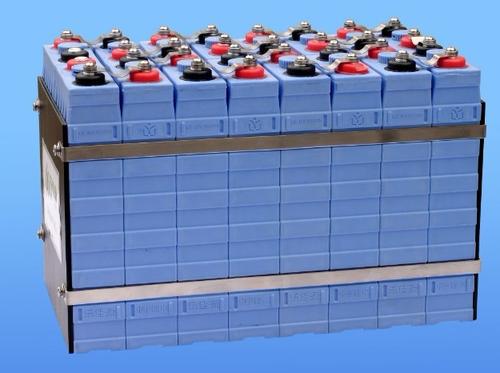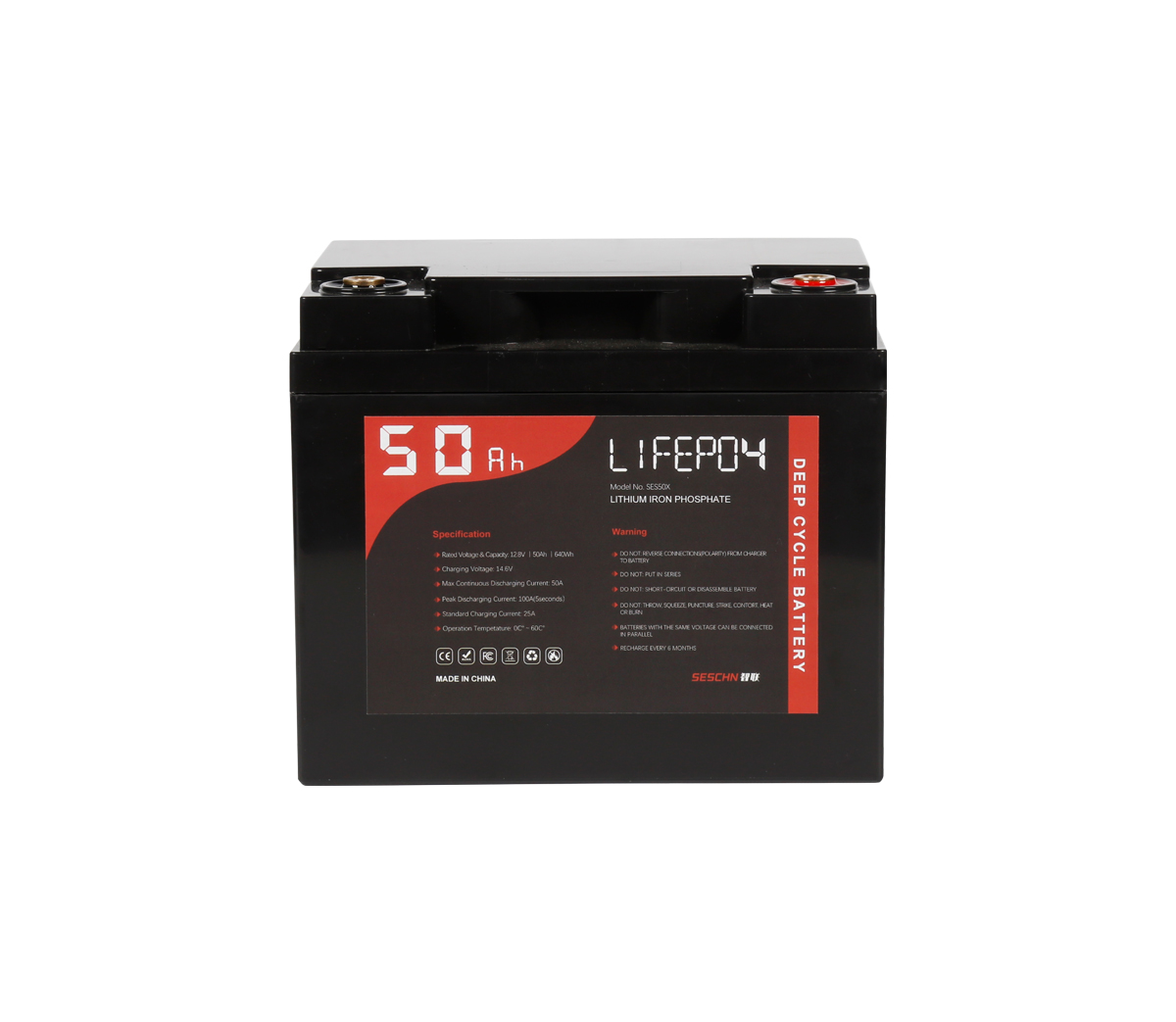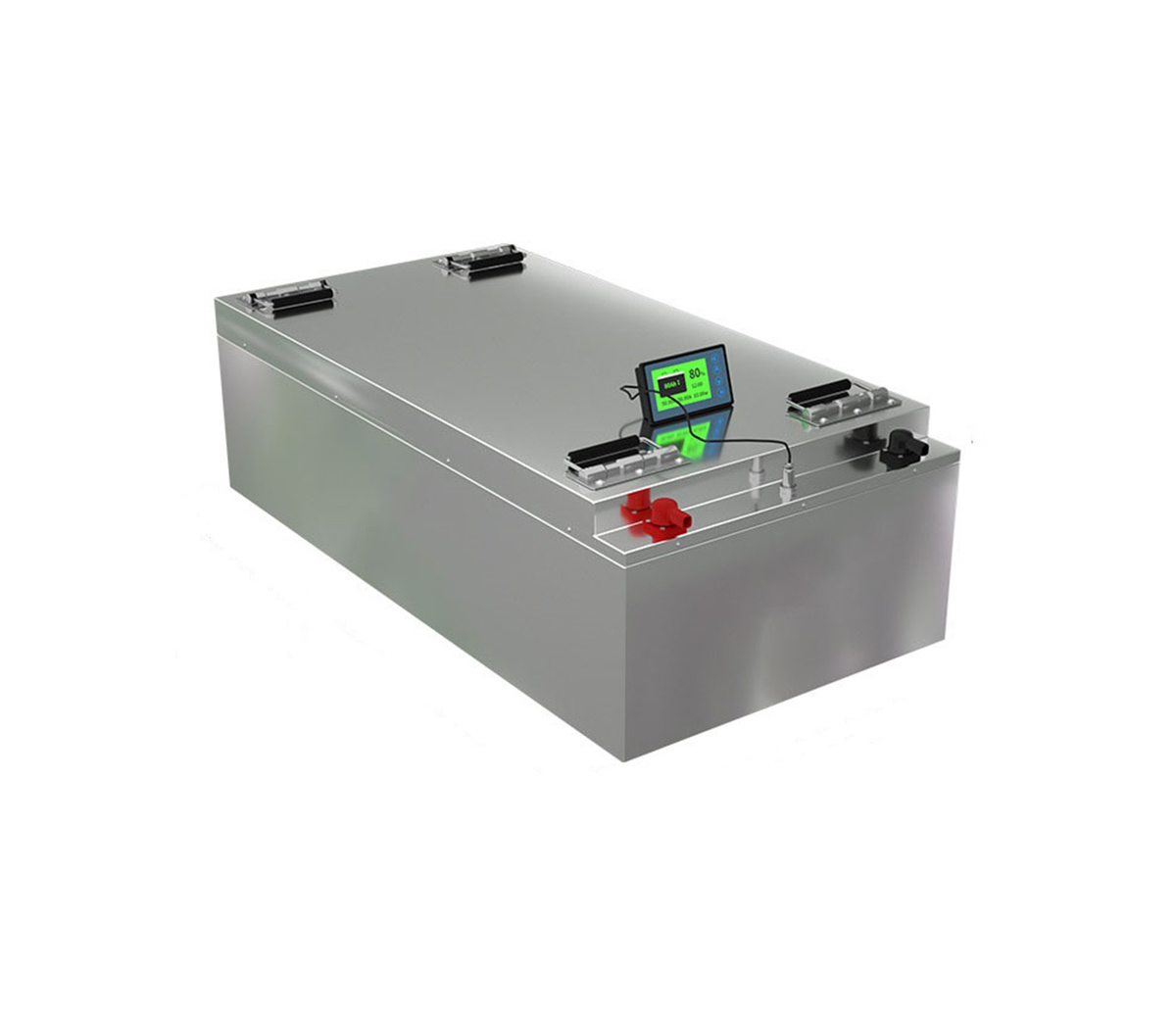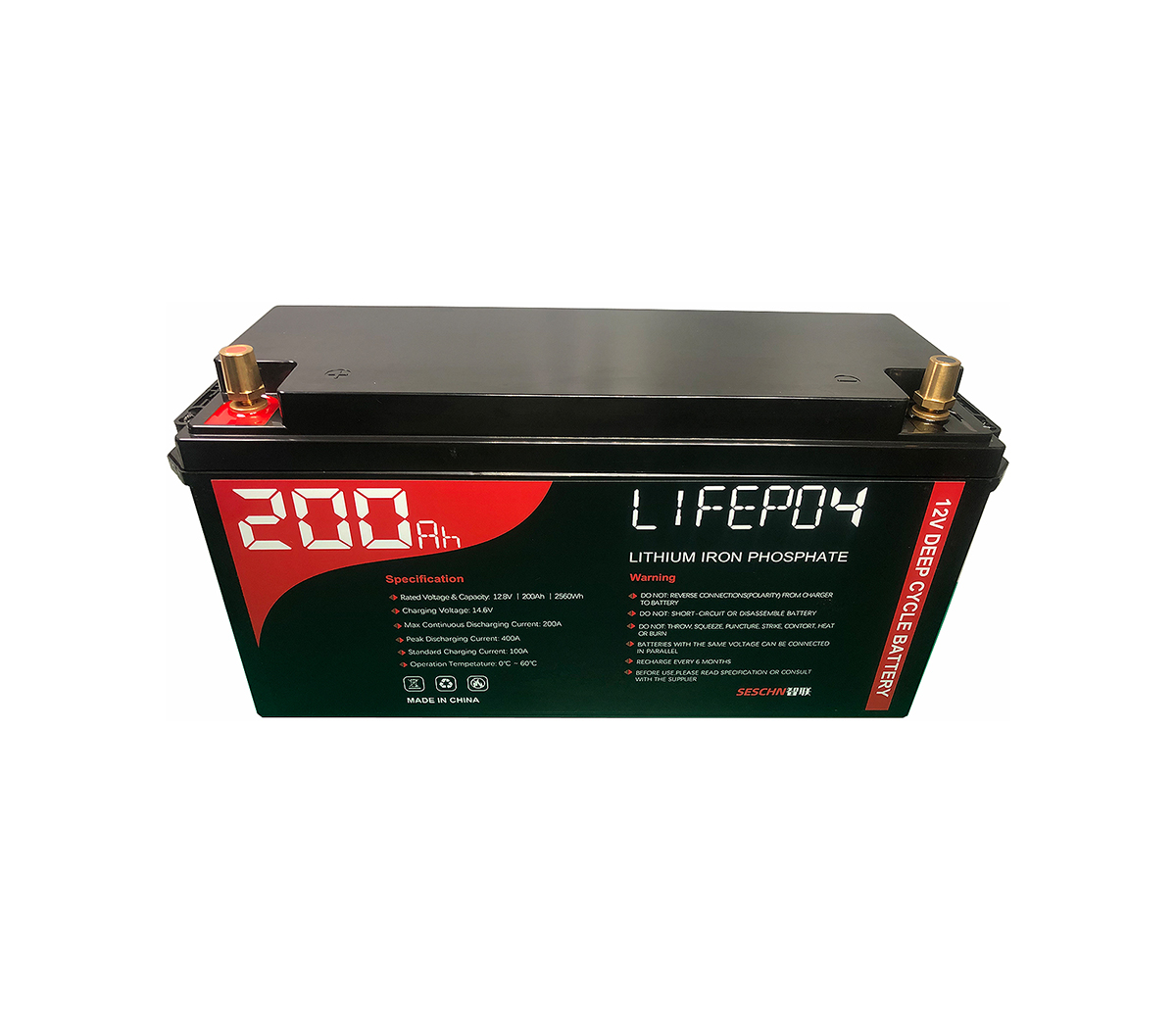
Many people often see some safety accidents caused by lithium batteries,
giving people the impression that the most important thing is explosions and
fires caused by lithium batteries. If an electric car with a 50 degree fire is
completely out of control, the energy released is as high as 100 million joules,
which is equivalent to the energy released by 43 kilograms of TNT explosives.
Why do lithium batteries catch fire and ignite spontaneously?
The direct cause of the fire of a lithium battery is that the heat of the
rechargeable battery cannot be controlled. The so-called thermal runaway refers
to the internal short circuit caused by various stimuli of the battery, which
causes the internal temperature of the battery to rise by thousands of degrees,
and the flammable electrolyte boils and ejects. It will burn when exposed to
air.
There are currently three main reasons for the short-circuit failure of
rechargeable batteries: mechanical out of control, electrochemical out of
control and temperature out of control.
The most common thing is that the rechargeable battery is squeezed or
pinned and damaged, which will cause the diaphragm to be pierced, and the
positive and negative plates are immediately connected to the internal short
circuit, releasing a lot of heat.
The most typical example is a school bus accident in Shenzhen, which caused
the battery pack of a large truck to be overcrowded, causing a large-scale
internal short-circuit failure, and finally the truck was burned into an empty
shell.
If the reasonable layout of rechargeable batteries is unscientific,
long-term applications will also have problems. The original Samsung sdi lithium
battery was handed over to the rechargeable battery due to the small room space.
The current short-circuit fault caused by the extrusion and deformation of the
external negative plate resulted in several incidents. Fire safety accident.
There are many reasons why electrophotocatalysis cannot be controlled. Poor
quality of rechargeable batteries is the main cause of diseases. At the same
time, when there is a problem with sdi lithium power supply, the pressure on
production capacity will be put on atl lithium power supply. As a result, the
quality of these rechargeable batteries is reduced, and the residual amount of
negative copper and capillary composition in the rechargeable batteries exceed
the standard.
In battery cars, excessive battery charging and high-current fast charging
are the main reasons why they cannot be controlled by photocatalysis.
When a non-standard car charging pile is used for a battery car, the
charging pile may absorb a large current that a lithium-ion car cannot
withstand. In rechargeable batteries, the charging speed is too fast, causing
the lithium-ion battery to produce dendritic twins in the negative layer. The
twin crystal is as thin and hard as a needle. When the twin crystal grows to a
certain length, it will damage the diaphragm and cause a short circuit
failure.
It is worth mentioning that there will be too many batteries in the
non-compliance management of the car charging stack. When the rechargeable
battery is fully charged and the battery is recharged, the negative potential of
the rechargeable battery will be inserted into a large number of lithium-ion
batteries. When the large load-bearing capacity of the negative potential is
exceeded, the battery will collapse, resulting in a short-circuit failure inside
the battery drum. A recent accident in Shenzhen caused an electric car to catch
fire, which may be related to overcharging and fast charging.
The key is that lithium is very cold. When lithium is charged at a high
temperature, the positive and negative films will produce additional
reflections, releasing carbon dioxide and additional heat. The influence of
various heat sources can easily lead to the dissolution of the diaphragm, which
can cause large-scale short-circuit failures. It is summer, and many battery
chargers charge the battery under the hot sun. If their heat pipe does not work,
it is easy to get the heat generated by the battery out of control.
Rechargeable batteries are dangerous and even life-threatening, so car and
mobile phone manufacturers have figured out ways to maintain batteries.
In the 3c rechargeable battery industry, since the explosion of Note 7, the
application of lithium ion batteries from lithium batteries to lithium batteries
to lithium batteries and polymer lithium batteries. The lithium ion batteries in
the previous combustible liquid lithium batteries have been electrolyzed by
colloidal lithium ion batteries. Replaced by liquid, even if the battery is
broken, most of them have been activated and will not explode.
On the side of the battery car, because the rubber-like power lithium
battery cannot meet the loading requirements for the time being, only a way to
maintain the battery as best as possible can be found.
Lithium is afraid of being poked and squeezed, so the original anti-skid
material is added to the outside of the battery, and the bottom end is coated on
the coating.
Lithium is afraid of fast charging and overcharging, so make a smart
management system for rechargeable batteries, synchronously control the battery
charging current, and monitor the health of each battery.
Lithium is afraid of cold, so make a set of water cooling system software
for lithium, it will not overheat in season.
In the new national industrial standard, the heat generated by the lithium
ion of the battery car cannot be controlled to ensure that there is no fire and
no explosion within five minutes. If the battery car in your seat catches fire,
quickly cover your mouth and nose, try to get out of the car, get out of the car
more than 15 meters without trying to fight the fire, you have a chance to
escape from the Jedi after the battery catches fire.



































